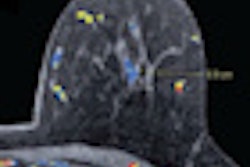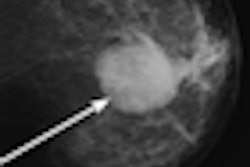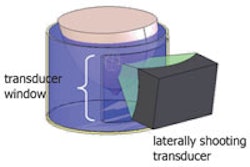Dear AuntMinnie Member,
A new study being released this month has a provocative conclusion: that adopting the controversial mammography screening guidelines issued in 2009 by the U.S. Preventive Services Task Force (USPSTF) would result in nearly 65,000 additional deaths from breast cancer.
Our coverage of the study, featured this week in our Women's Imaging Digital Community, examines the new analysis of the USPSTF's recommendations. The recommendations called for breast screening to start at age 50 rather than at 40, as was the case under the task force's previous guidance.
The study took a hypothetical cohort of women about to come of screening age and compared death rates under the USPSTF guidance to what rates would be if screening began at 40. In addition to the death rate, the authors also looked at whether the "harms" of mammography screening cited by the USPSTF were really so harmful.
Read more about this study by clicking here, or visit the community at women.auntminnie.com.
A modest proposal to boost colon screening
In other news, our Virtual Colonoscopy Digital Community looks at a novel solution to perennially low compliance rates for colorectal cancer screening, presented last week at the American Society of Clinical Oncology's Gastrointestinal Cancers Symposium in San Francisco.
Under the proposal, a group of general practitioners in South Carolina have taken over from gastroenterologists the responsibility of performing most screening colonoscopies. As a result, local compliance rates have soared, along with adenoma detection rates, while adverse events have fallen.
Virtual colonoscopy still will be a key component of screening for patients who decline to undergo conventional colonoscopy, predicted the main promoter of the new colonoscopy model, Stephen Lloyd, MD, PhD. But any plan that gets more than 80% of eligible individuals into colorectal cancer screening is a win for all screening methods, patients, and providers, potentially saving billions of dollars a year in medical costs, he said.
Learn more by clicking here, or visit the community at vc.auntminnie.com.



















